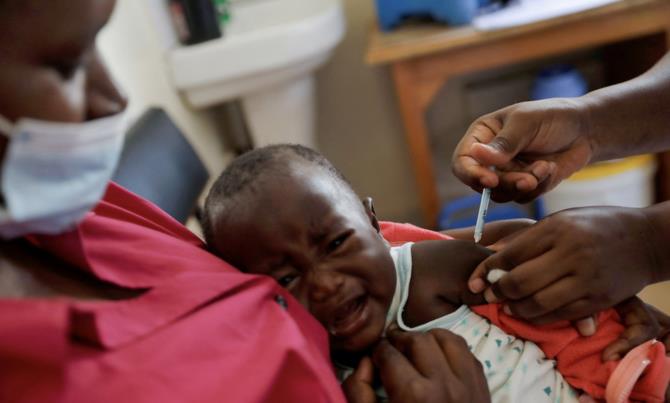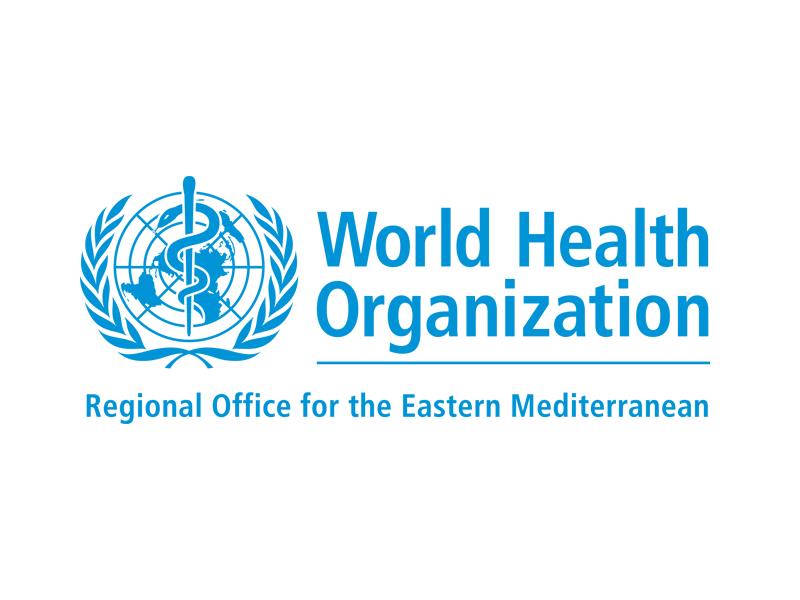
World Malaria Day, which was marked last week, aims to remind the world of the continued menace posed by this disease. It is surprising that the world still needs reminding of the necessity of eradicating a communicable disease that has been around for centuries but still kills more than 620,000 people and infects over 250 million others every year.
The fact that malaria is communicable means that it is possible to eradicate it, just like the world has managed to eradicate or at least fight back and curb the ravages of several other communicable diseases. Think of the virus that causes COVID-19, the most recent and definitely one of the deadliest pandemics to ever hit the world. It is now on the fringes, within the space of just three years.
Meanwhile, an illness that is as old as many civilizations is still around to haunt humanity. But perhaps it is not so surprising, considering that most of the infections and deaths take place in the poor and underdeveloped countries of Africa and Asia, rather than the rich world. It is telling that, after almost 50 years of calls by doctors and healthcare workers for the development of a vaccine to eradicate malaria, the final result — from British pharmaceutical company GSK — is only just emerging.
It could easily be argued that the fact the vaccine has taken so long to come about is because most of the potential users or buyers of it are people living in poor countries. Hence, the scope for Big Pharma to make billions of dollars is practically zero.
Had it been a rich country at risk, the vaccine would have been produced within a matter of months. The COVID-19 pandemic is a great example of how quickly Big Pharma is able to respond to the need for a medicine or vaccine in the rich world.
The virus that causes COVID-19 was identified in December 2019. Exactly a year later, on Dec. 11, 2020, the first vaccine, developed by Pfizer, received emergency authorization from the American Food and Drug Administration. Not only was the vaccine developed so quickly, but Pfizer and other large drug companies were able to create the required manufacturing infrastructure in a matter of months, leading to the production of tens of billions of doses. Pfizer alone produced more than 3 billion doses in 2021 and, by 2022, its production capacity had risen to 4 billion doses.
Compare this to malaria. GSK and the other developers of vaccines are unlikely to be able to supply even the 40 million to 60 million doses the world needs by 2026, or the 80 million to 100 million doses needed by 2030. A report published by the Vaccine Alliance last week outlined the urgent actions that need to be taken to ramp up the production and distribution capacity of malaria vaccines. In terms of production, it is heartening to know that a second vaccine, being developed by Oxford University in the UK and manufactured by the Serum Institute of India, the global vaccine workhorse that produced half of all the vaccines used during the COVID-19 pandemic, is likely to be prequalified in a short while.
But the projections of the Vaccine Alliance are worrisome. It says that malaria accounted for the deaths of 475,000 children under the age of five in 2021 in Africa, making it one of the biggest killers. It is telling that, after two decades of concerted action, mainly by nongovernmental organizations and the UN, the death toll of young children in Africa has declined since the year 2000, but it has fallen only by a third, leaving the continent with a long and hard road ahead toward total elimination.
Had it been a rich country at risk, the vaccine would have been produced within a matter of months.
Ranvir S. Nayar
The World Health Organization says that the planet is on track to meet its target of at least a 90 percent reduction in malaria incidence and mortalities by the year 2030. However, the pace in the fall of deaths due to malaria is excruciatingly slow. As of now, there is no way for the world to achieve the twin targets except by turning to large-scale vaccinations, at least in Africa, which sees about 95 percent of all malaria cases in the world.
It should not be very complicated. Three years of pandemic have left behind at least one positive outcome — a better infrastructure to manufacture and distribute vaccines safely. It is now simply a question of putting it to use. But that involves decisions being taken by almost everyone except the African people or even their governments. The levers of power and wealth lie elsewhere. As the Vaccine Alliance rightly points out, for the malaria vaccine to reach needy people across Africa, governments, pharmaceutical companies, NGOs and multilateral agencies need to come together and act in a cohesive manner in order to rapidly ramp up vaccine production and distribution capacity.
Among other things, it requires money, which of course many African nations and citizens do not have. Hence, the rest of the world has to come together and make the vaccines available.
To start with, Big Pharma should not look to make billions of dollars on the back of saving African children’s lives. The multinational giants should rapidly scale up their production of vaccines and then supply them at cost price, or even for free, as the talk in Western corporate boardrooms is increasingly about environmental, social and governance responsibilities and it would be hard to find a social responsibility that is as important as this.
Distribution companies also need to chip in and ensure that the vaccines are properly taken from the factories to where they are needed. Lessons from COVID-19 are also handy here in terms of the proper handling, storage and transportation of vaccines. And governments need to mount special campaigns to ensure the largest number of people are vaccinated in the shortest period, just as was done during the pandemic.
There is one lesson that the governments of rich nations and Big Pharma need to forget from the pandemic — the vaccine divide. Right from the word go, the rich world greedily cornered billions of doses of the vaccines. This led to a situation where Western nations received four or even five doses per head, while African nations struggled with about 0.3 doses per head. Governments, business leaders and civil society must ensure that this kind of discrimination is not repeated in the case of malaria.
Ranvir S. Nayar is managing editor of Media India Group.












